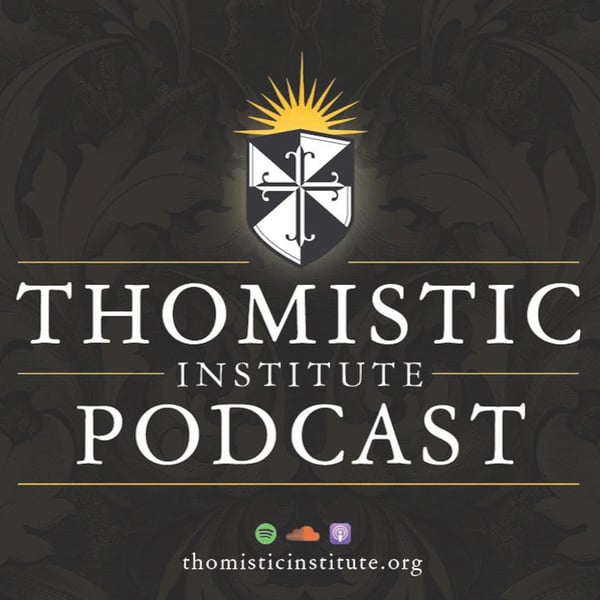Did Christ Die For Neanderthals? | Fr. Simon Gaine, OP
The Thomistic Institute
The Thomistic Institute
4.8 • 729 Ratings
🗓️ 13 February 2020
⏱️ 73 minutes
🧾️ Download transcript
Summary
This lecture was given on 30 January 2020 as the annual lecture in honor of St. Thomas Aquinas held at the Dominican House of Studies in Washington, DC.
Fr. Simon Gaine, OP, teaches a wide range of courses in dogmatic and fundamental theology. He a member of the Faculty of Theology and Religion at the University of Oxford.He is a member of the Advisory Board of the Aquinas Institute.
For more information on this and other events go to thomisticinstitute.org/events-1
Transcript
Click on a timestamp to play from that location
| 0:00.0 | In 1856, some miners had the unenviable task of clearing out a small cave in the quarry where they were working. |
| 0:10.0 | As they did so, they came across some bones, arm bones, leg bones and ribs, and the top of a skull. |
| 0:19.0 | As far as the miners were concerned, these remains were not human, but bare. |
| 0:26.6 | And that assumption was not unreasonable, but bare they were not. |
| 0:33.2 | Within a year they had been identified as something more human than bear, but not quite the same as us. |
| 0:42.6 | That was the view of a local schoolteacher who, with the support of a university anthropologist, |
| 0:50.4 | identified the remains as belonging to an archaic human species. |
| 0:56.0 | It was certainly closer to us than any ape, and like us, walked on two legs. |
| 1:05.0 | But its shape and frame were outside the range of any known homo sapiens, outside the range of us. |
| 1:18.0 | A different view was again put forward in the 1870s by a pathologist, who thought that the bones did belong to one of us, but to an unfortunate |
| 1:31.8 | individual who suffered deformity. By the early 20th century, it was the schoolteacher's view |
| 1:42.1 | that had prevailed. |
| 1:51.3 | The species itself was named from the Neander Valley in Germany, where the discovery had been made, giving us Homo Neanderthalus, Neanderthal Man. |
| 2:03.1 | Once the initial discovery was made, |
| 2:07.3 | older discoveries were identified as belonging to the same species, |
| 2:13.0 | and further remains were found. |
| 2:16.7 | In comparison to Homo sapiens, |
| 2:20.3 | the Neanderthals had heavy-set projecting brows, |
| 2:25.3 | swept back cheekbones, |
| 2:28.3 | smaller chins, bigger chests, and flaring pelvices. |
| 2:36.2 | On present evidence, the Neanderthals were largely confined to Europe, |
| 2:43.7 | but also present in the Middle East and into Western Asia. |
... |
Please login to see the full transcript.
Disclaimer: The podcast and artwork embedded on this page are from The Thomistic Institute, and are the property of its owner and not affiliated with or endorsed by Tapesearch.
Generated transcripts are the property of The Thomistic Institute and are distributed freely under the Fair Use doctrine. Transcripts generated by Tapesearch are not guaranteed to be accurate.
Copyright © Tapesearch 2025.

